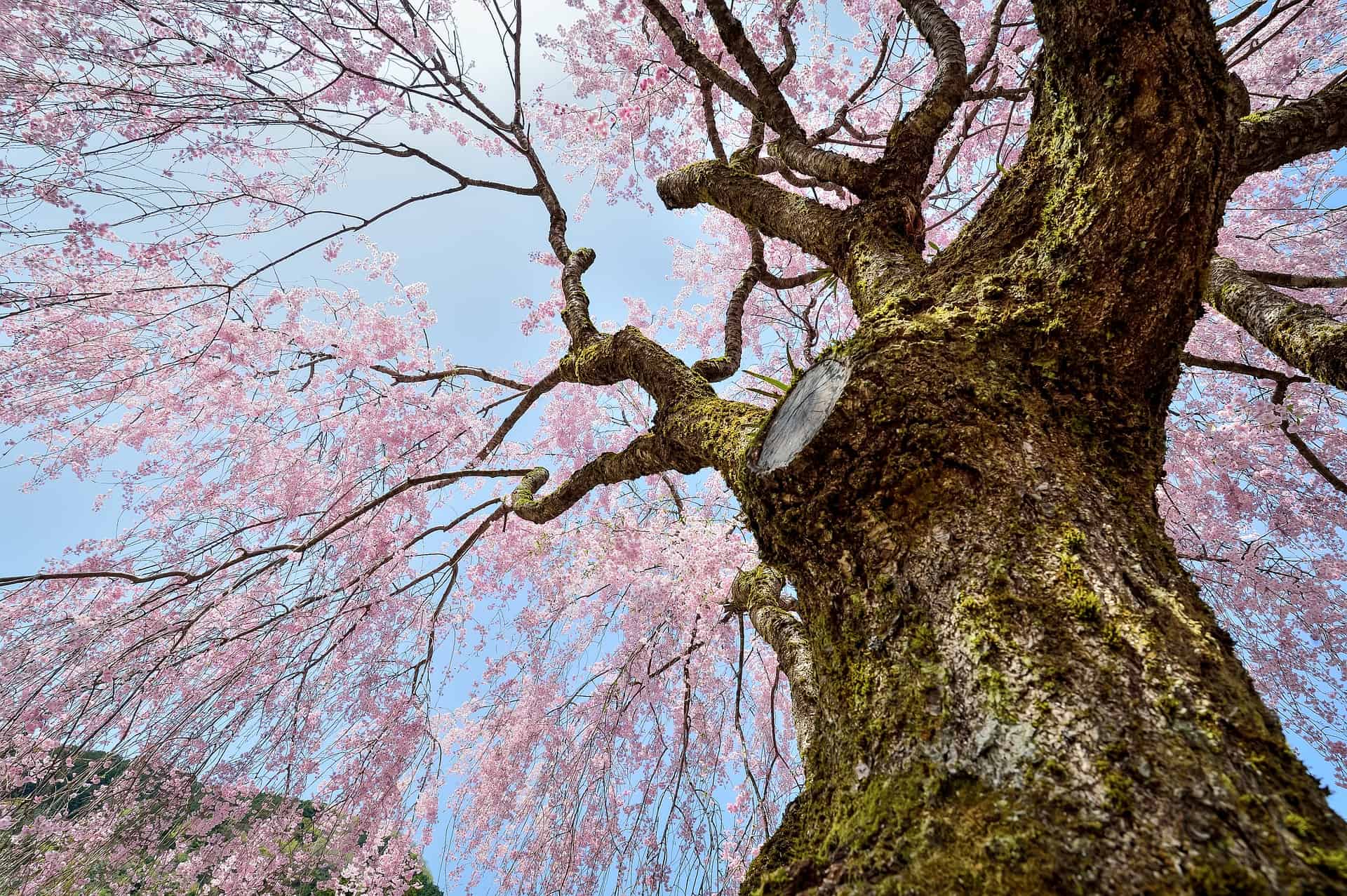Present This Upscale Wood Appropriately.

Technical Cherry Wood Information
- Scientific name: Prunus serotina
- Alternative Names: Black Cherry
- Region of Origin: North America
- Average Dried Weight: 34.5
- Janka Hardness Rating: 950
- Specific Gravity: .565
- IUCN Red List: No
- CITES wood: No
An American Classic
Cherry is both a beautiful and unique traditional American hardwood. Prime cherry growing areas are located in the Northern Appalachian and Midwestern United States. Additionally, it machines well and is a stable wood. We love how it looks in its natural mill run state. The red heartwood contrasts with pale white sap. Accordingly, when you see the sap and gum streaks, you know what you’re looking at.
Substitutes
Although cherry prices fluctuate, it is usually considered a premium hardwood option. Accordingly, lower cost species can be used to mimic its appearance. For example, soft maple, alder and poplar all have a similar grain structure. Add a red finish to make faux cherry. Of course, it’s not the real deal but it is uniform and red. Somehow this became the goal.
How Cherry Should be Marketed
Years ago, a customer ordered cherry lumber for a new prototype. Their project was large in scale and long term. Because it represented their premium option, I assumed they wanted all-red heartwood. On the contrary, they told me to send only boards with sapwood and gum streaks. What the foreman said, sticks with me to this day.
“Whatever we put in our showroom is what we have to deliver every time. If our sample is all red, that’s all we can use. On the other hand, if our sample includes sap and gum, no one blinks when they see it in the product. If uniform red is what they’re after, we suggest stained alder.”
Alder and Fender’s Electric Guitar
On a side note, Alder became a standard tone wood for Fender’s electric guitar body production because it was readily available. Over 50 years later, people romanticize how Leo Fender‘s material selection occurred. However, Fender confirms the pragmatic explanation on their site. Imagine the ramifications for Fender if Leo decided to use something really fancy rather than readily available that day!
Presenting Cherry As Cherry
When products are made from 100% heartwood cherry and tinted, it’s difficult to distinguish from the lower cost alternatives. Thus, it’s kind of a waste of the resource. Also, why torture yourself by creating a needlessly difficult spec that often goes unappreciated by the client?
Finally, I’ll never forget how their prototype presentation made that project easier for everyone involved.

Pingback: Import Wood End Checking: How to Prevent - Commercial Forest Products
Pingback: 🌳 Good Genuine Mahogany - Where is it? - Commercial Forest Products
Pingback: American 4/4 Red Gum Lumber - Commercial Forest Products